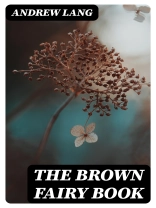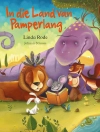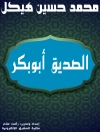In ‘The Brown Fairy Book, ‘ Andrew Lang presents a rich tapestry of folklore from various cultures, emphasizing the universality of human experiences through enchanting tales. This collection, part of Lang’s renowned series of fairy books, features colorfully woven stories that exhibit a lyrical prose style, showcasing his mastery in retelling traditional narratives. The book is remarkable not only for its imaginative stories but also for the way it captures the zeitgeist of the late 19th century, a period marked by a growing interest in folklore and the preservation of cultural heritages. Andrew Lang, a Scottish poet, novelist, and literary critic, was deeply influenced by his studies of anthropology and folklore, which inspired him to compile these captivating stories. His collaborations with folklorists such as Joseph Jacobs and his passion for cultural preservation positioned him as a pivotal figure in the revival of fairy tales during the Victorian era. Lang’s academic background in ancient cultures and mythologies allowed him to curate a diverse selection that reflects both the whimsical and moralistic elements of fairy tale traditions. For readers who delight in folklore and fairy tales, ‘The Brown Fairy Book’ is an essential addition to any literary collection. Lang’s ability to blend narrative artistry with insightful cultural reflections makes this book not only entertaining but also educational. It is a perfect read for anyone wishing to explore the enchanting world of fairy tales from around the globe.
عن المؤلف
Andrew Lang (1844–1912) was a Scottish poet, novelist, literary critic, and contributor to the field of anthropology. He is best known for his work as a collector of folk and fairy tales. Lang was educated at the University of St. Andrews and Balliol College, Oxford, where he later held a fellowship. His interest in myth and folklore led him to produce a series of fairy tale collections, which were compiled in what is known as Lang’s ‘Fairy Books’ series, each named after a different color. Among these, ‘The Brown Fairy Book’ (1904), contained stories from a variety of cultures and captured the imagination of both children and adults with its enchanting narratives. Lang’s literary style in these collections was notable for its clear and accessible prose, which conveyed the tales without diminishing their magical qualities. His work was integral to the recognition and preservation of cultural folklore at a time when oral storytelling traditions were waning under the advance of industrialization. Lang also made significant contributions to the scholarship of his time, particularly in the field of Homeric studies and on the relationship between myth, religion, and literature. He was versatile in his literary output, contributing to multiple genres including poetry, criticism, history, and anthropology, all the while maintaining a captivating storytelling voice that has kept his work beloved by generations.












